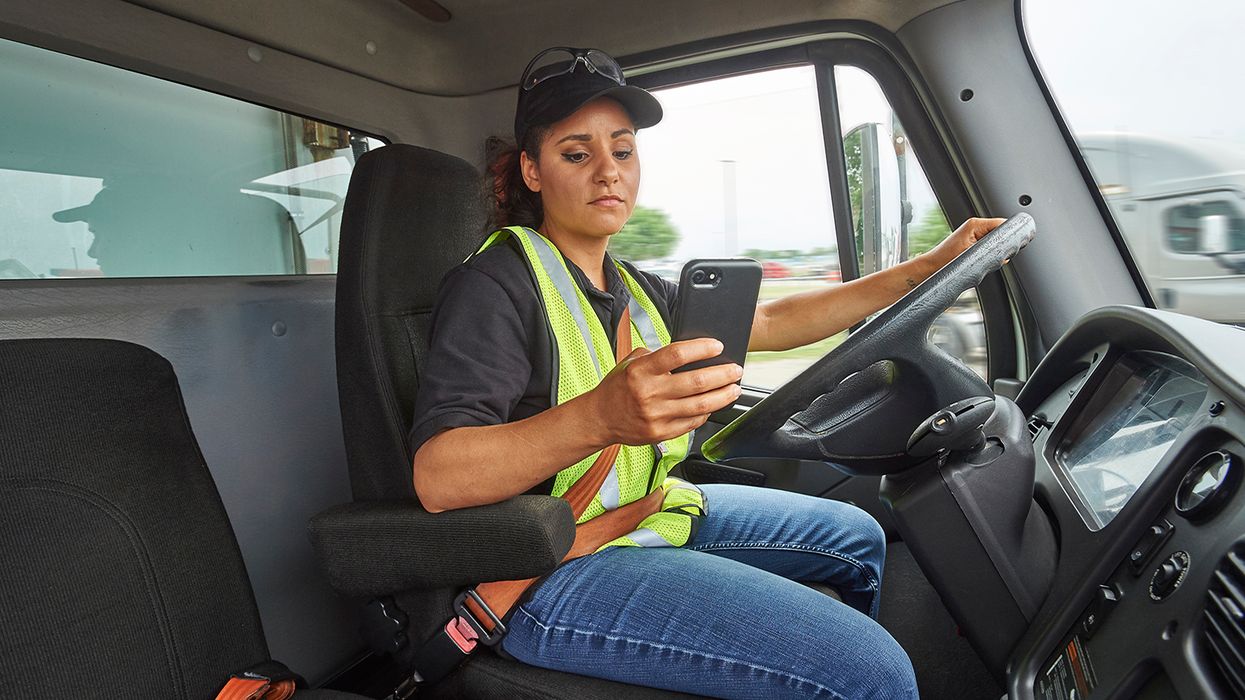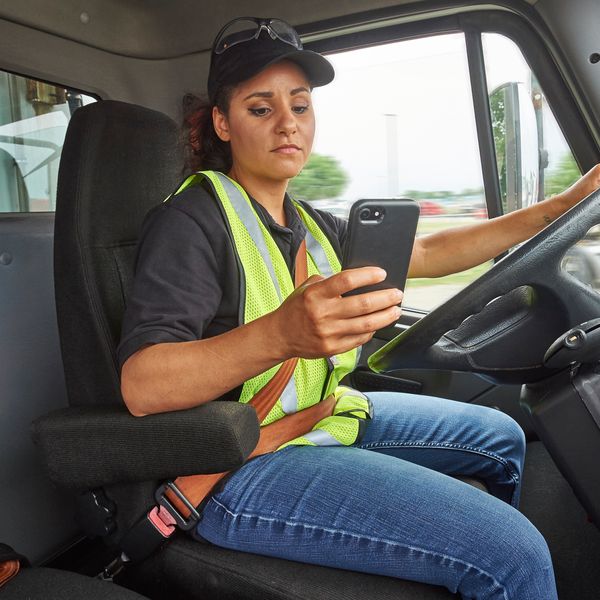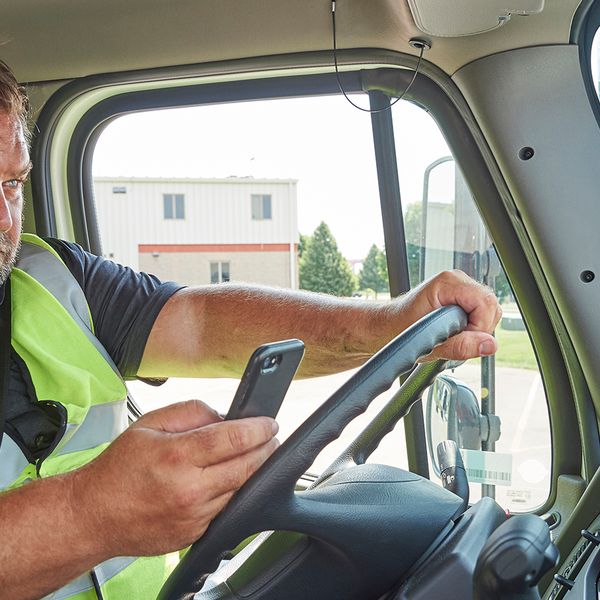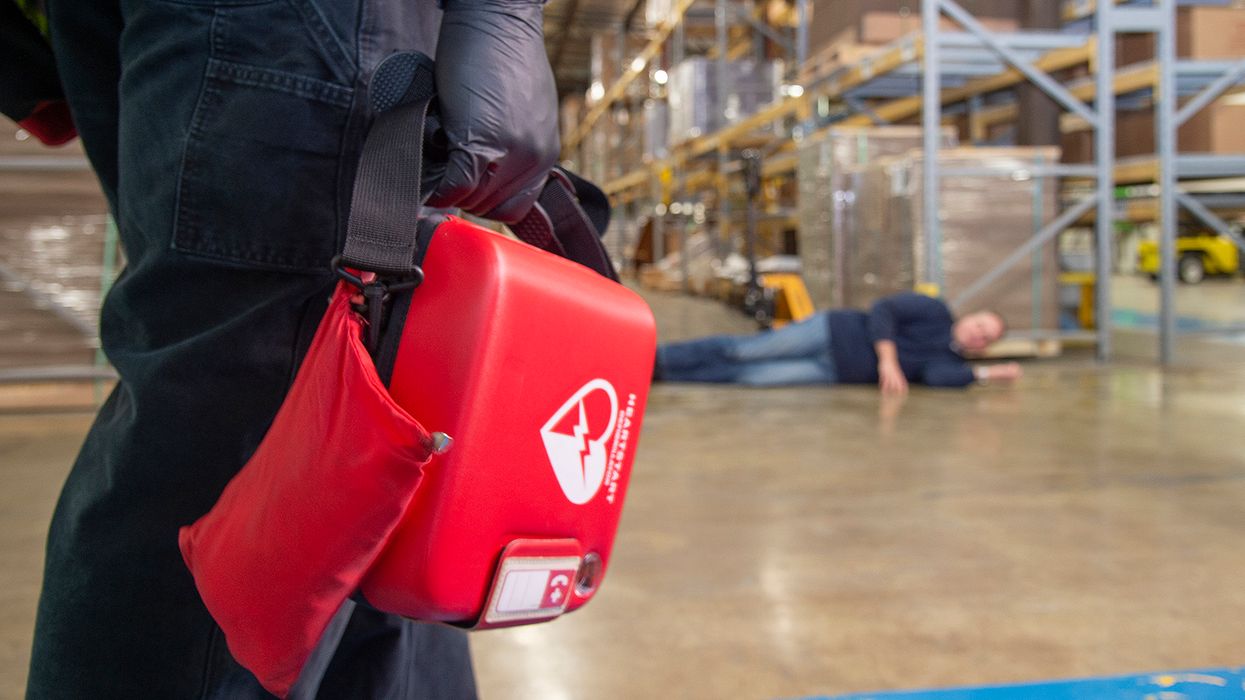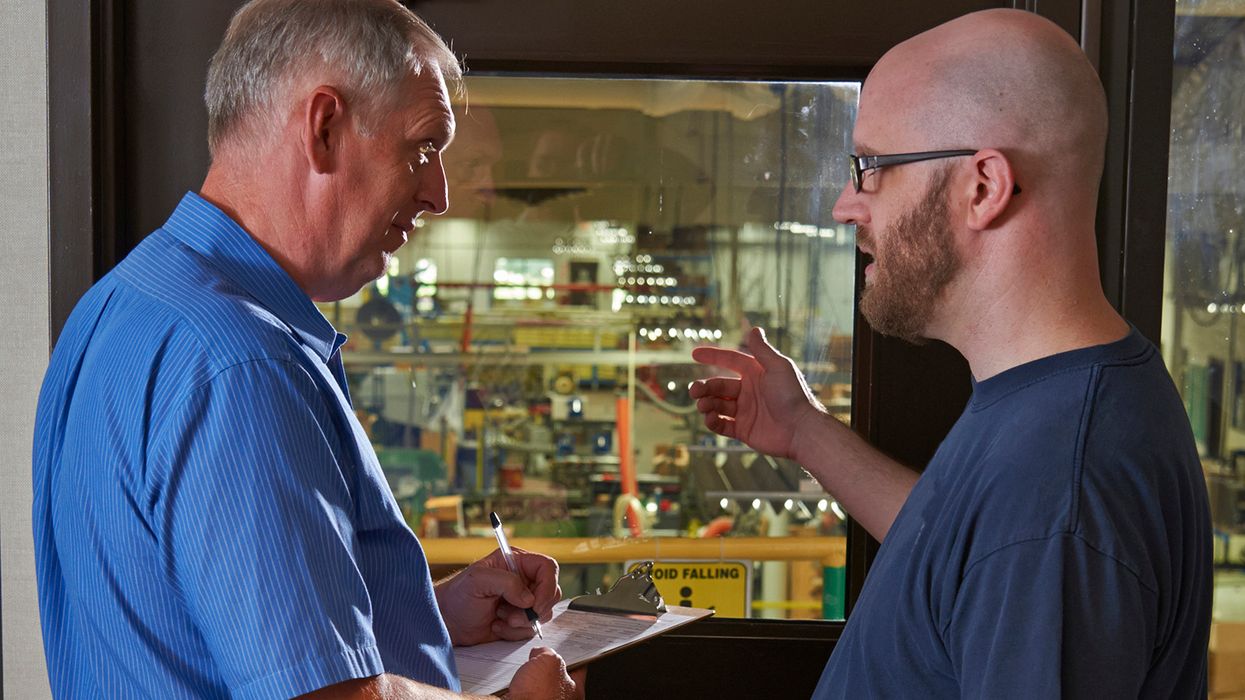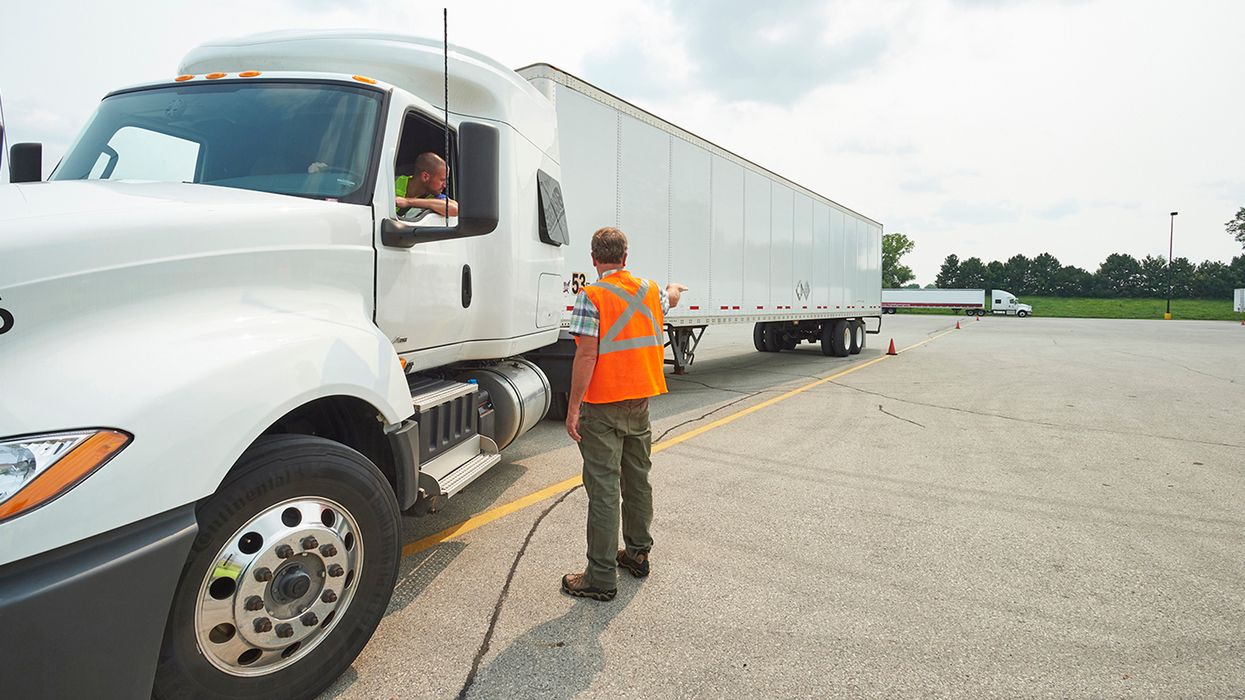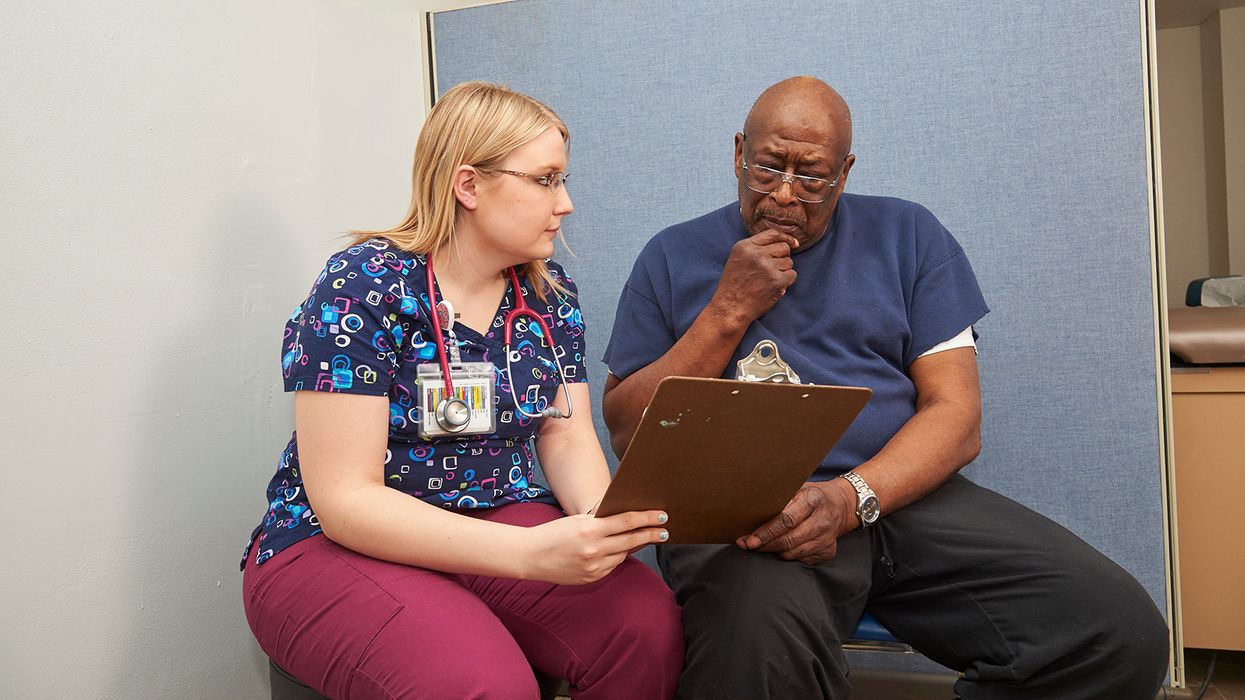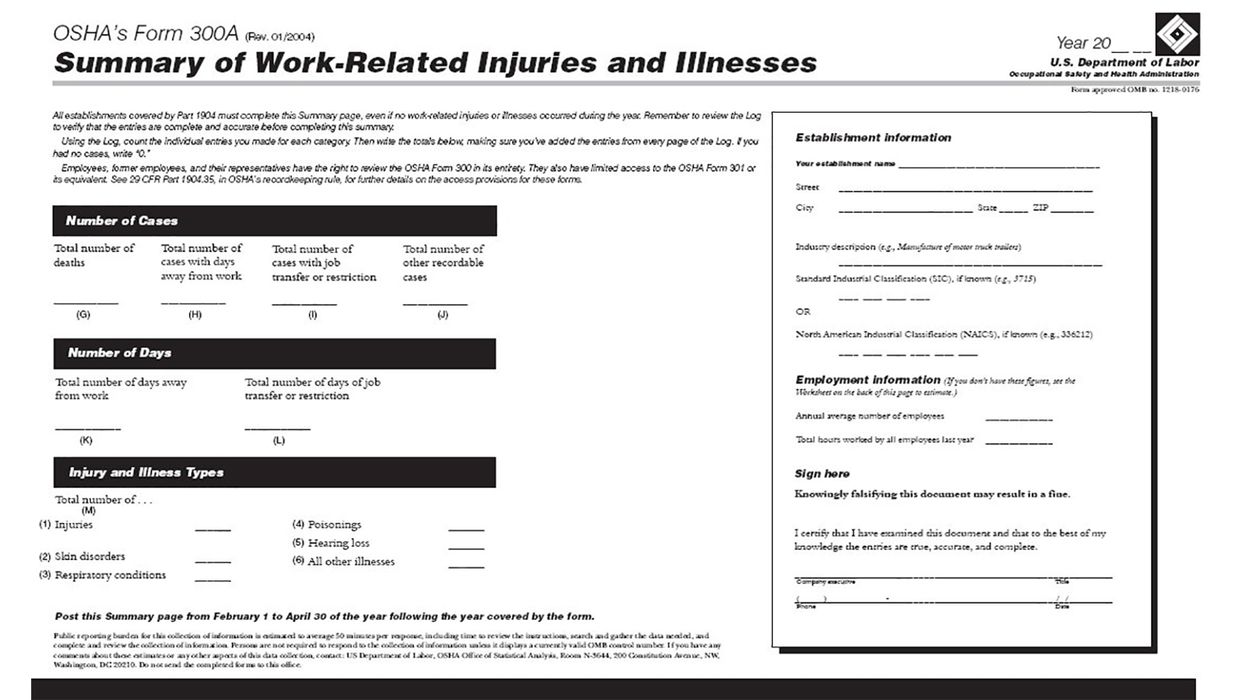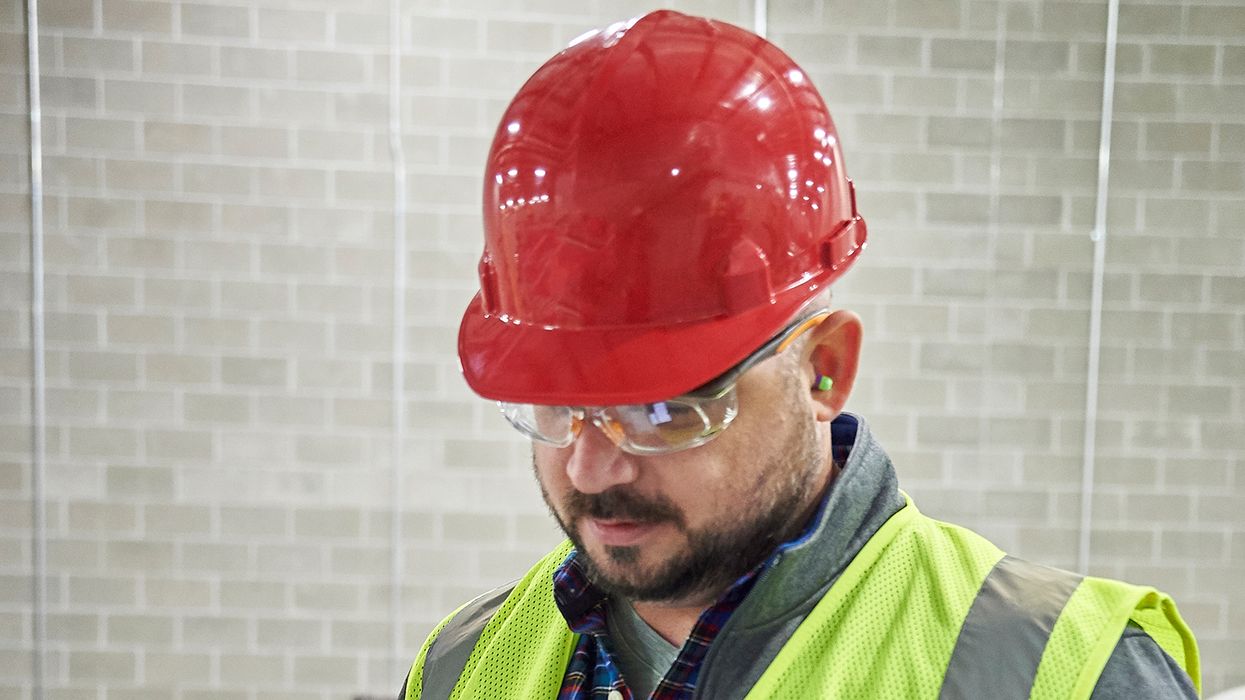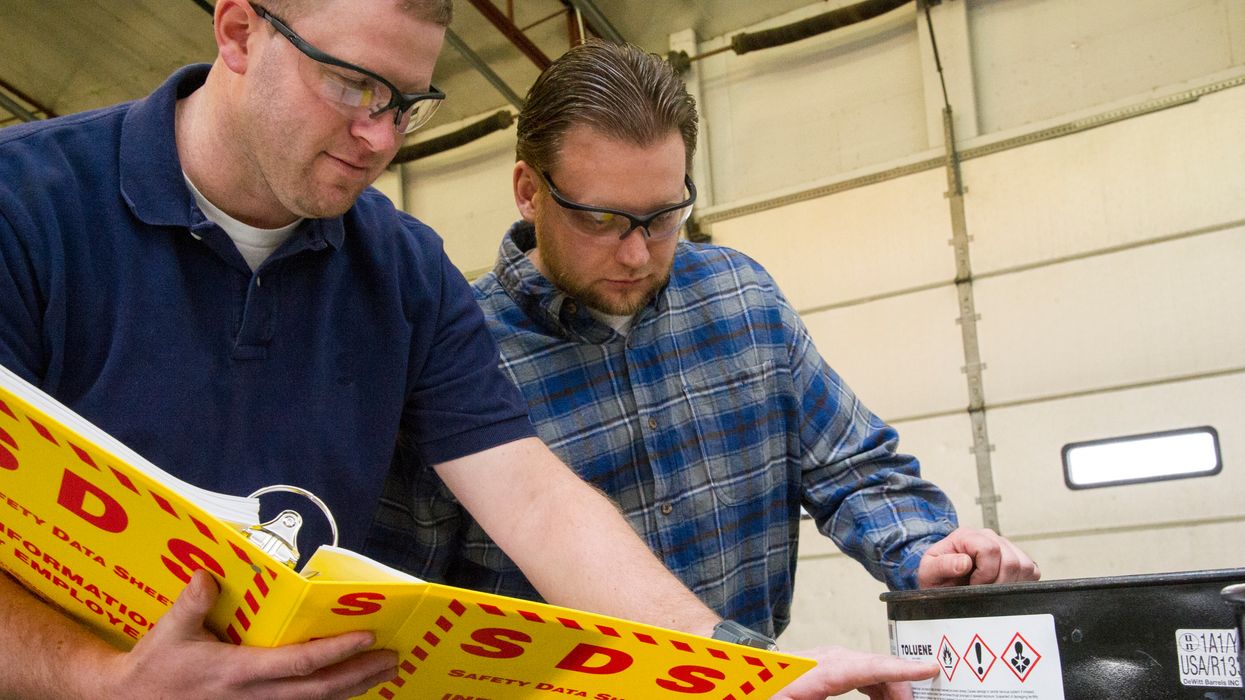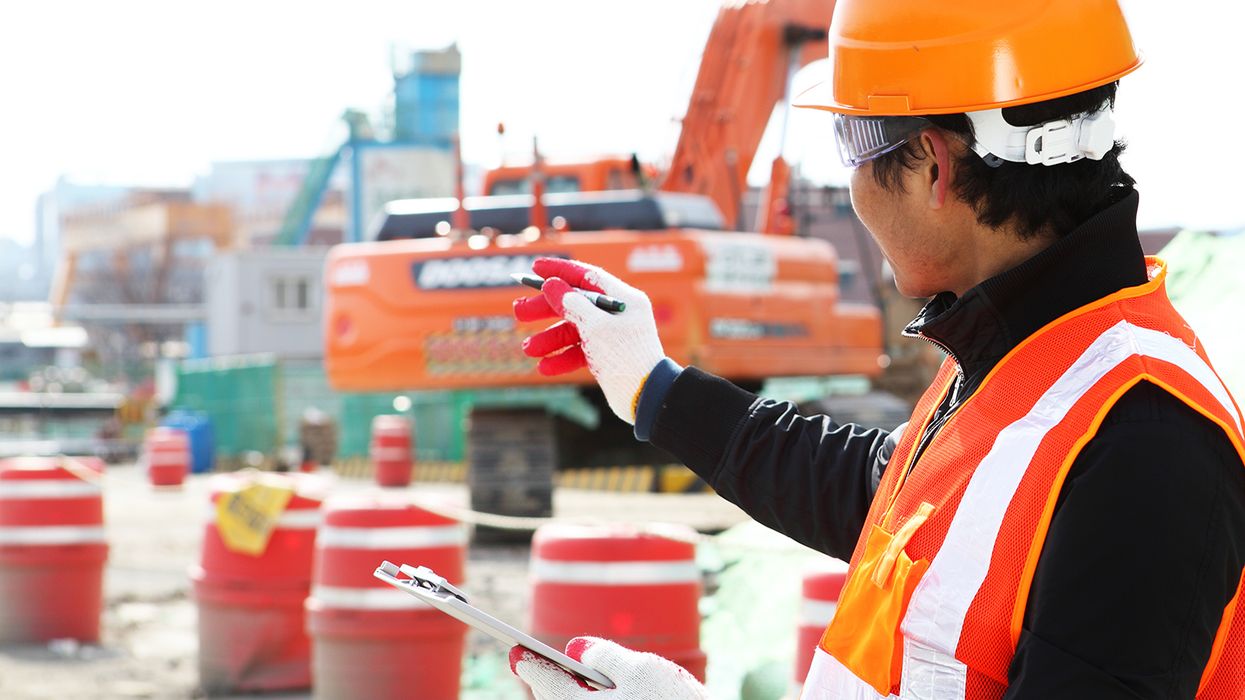Digital dependence: A hidden safety risk in your workplace
Employees who can’t stop themselves from checking a cell phone, smartwatch, or other digital device have a serious problem that can be a threat to safety.
Technology addiction affects your employee’s ability to stay focused, and a momentary distraction could result in a workplace accident or even a fatality.
Spotting addiction
Technology addiction is a relatively new problem in the workplace and may be hard for an employer to spot if an affected employee is discreet.
For some, the draw to constantly check notifications on a device is overpowering. Typically, a person who is addicted to technology will:
- Excessively use a device and lose track of time,
- Need to use the device more and more,
- Put relationships and the job at risk due to continued use,
- Need to purchase the most recent gadget and applications, and
- Go through withdrawal symptoms when WiFi or cell phone reception is unavailable.
Employees with severe technology addiction may need treatment. Offering an employee assistance program is one alternative to termination for an employee whose addiction severely affects performance.
CMV drivers
The professional driver is the most obvious example of an employee who could cause harm if unable to keep their eyes on the road.
Commercial motor vehicle (CMV) drivers who text while driving:
- Are 23.3 times more likely to be in a safety-critical event (e.g., crash, near-crash, unintentional lane deviation) than CMV drivers who do not.
- Take their eyes off the road for an average of 4.6 seconds, missing what’s happening on the road for the length of a football field when traveling at 55 miles per hour.
Using a mobile phone is not much safer. CMV drivers who dial a mobile phone while driving are six times greater to be involved in safety-critical events.
Others who affect safety
Many other motor carrier employees, outside of commercial drivers, have a hand in making a safe work environment.
For instance, forklift operators, technicians, and a variety of other positions require focused eyes and free hands to do their jobs. Using a device may result in a greater chance of errors and a workplace accident.
Individuals who are responsible for safety may not be front-line workers. But their actions may put others at risk. For example, distractions may affect the performance of someone who prepares shipping papers for the transport of hazardous materials. This could result in inadvertently placing incompatible product in the same shipment or entering an incorrect identification number for a material, giving first responders inaccurate information during an emergency.
Create an electronic device policy
A company’s policy on the restrictive use of electronic devices in the workplace should define — and redefine — technology as it emerges. It may be hard to have employees check their phones and smartwatches at the door or require them to leave them in a locker. But a company policy may limit use to break periods and emergencies.
The definition of emergency needs to be explained in the policy and addressed during employee training. Emergencies include calling 9-1-1 or contacting someone within the facility who knows CPR, first-aid, and other emergency services.
Personal calls from a spouse, child, friend, or child’s school are not “emergencies” and should be directed to the company’s switchboard.
Key to remember: Digital dependence is a modern problem. If left undetected or unchecked in a logistics setting, it could result in dire consequences for the employee, coworkers, or public.

